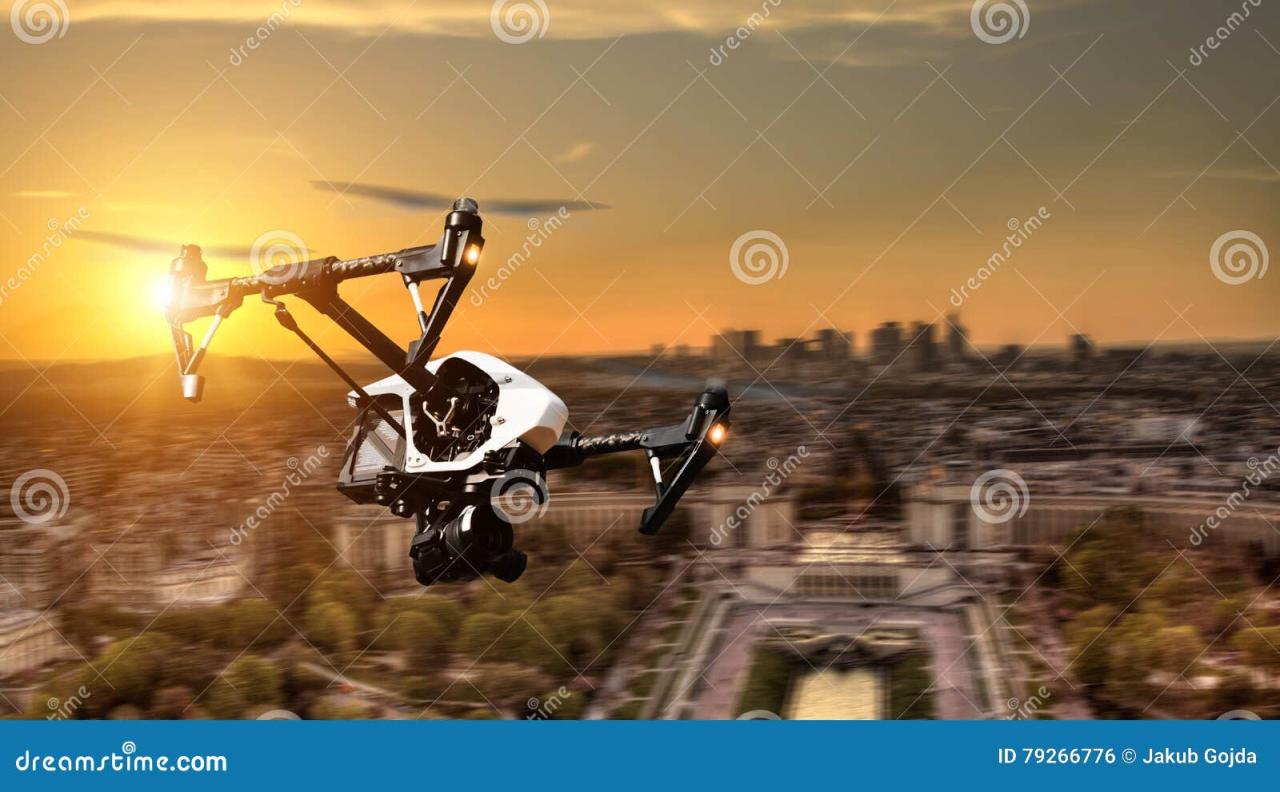Drone in Paris: Imagine soaring above the City of Lights, capturing breathtaking views of the Eiffel Tower and the Seine River from a unique perspective. But navigating the Parisian skies requires understanding the complex regulations, infrastructure, and societal impact of drone technology. This guide explores the legal landscape, popular uses, safety concerns, and economic implications of drones in this iconic city.
We’ll delve into the specific rules governing drone flights in Paris, comparing them to other major European capitals. Discover how drones are revolutionizing various sectors, from tourism and construction to delivery services, and examine the potential for future growth. We’ll also address public perception, safety protocols, and explore the fascinating possibilities of drone light shows and creative aerial photography.
Drone Regulations in Paris: Drone In Paris
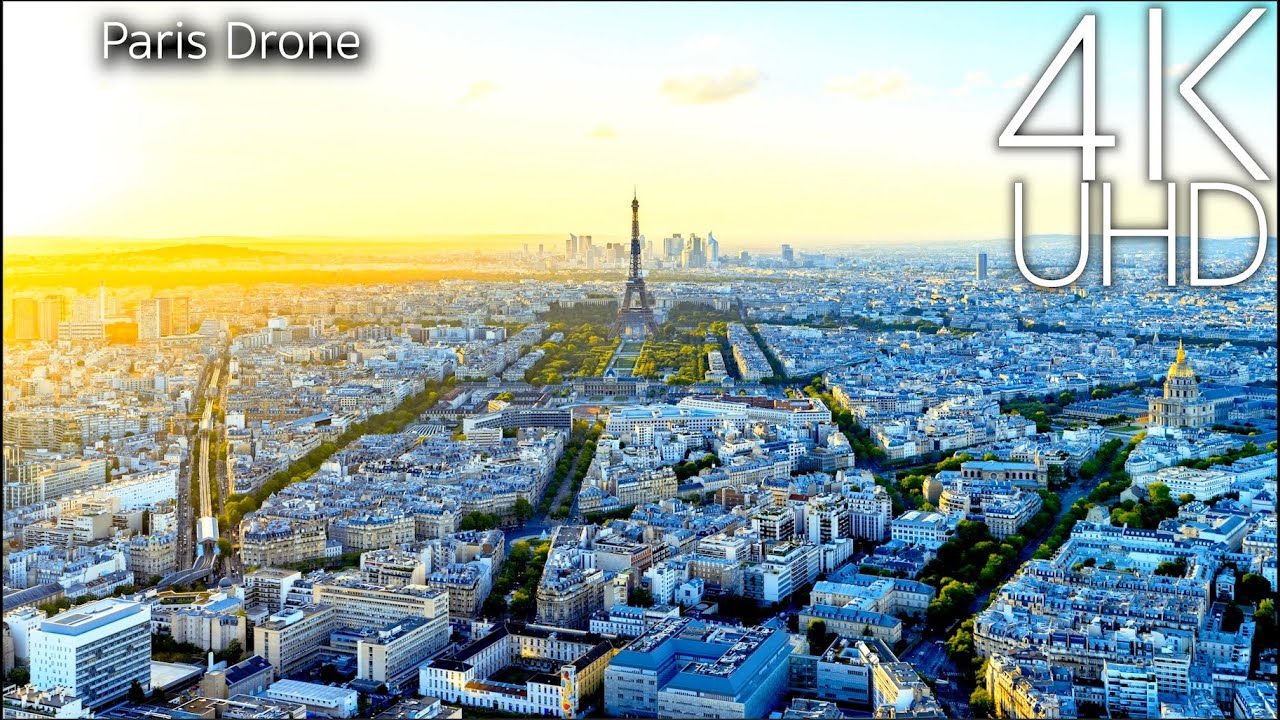
Navigating the Parisian airspace with a drone requires understanding specific regulations. These rules, while aiming for safety and security, can differ significantly from those in other European capitals. Let’s delve into the specifics.
Specific Drone Laws and Regulations in Paris
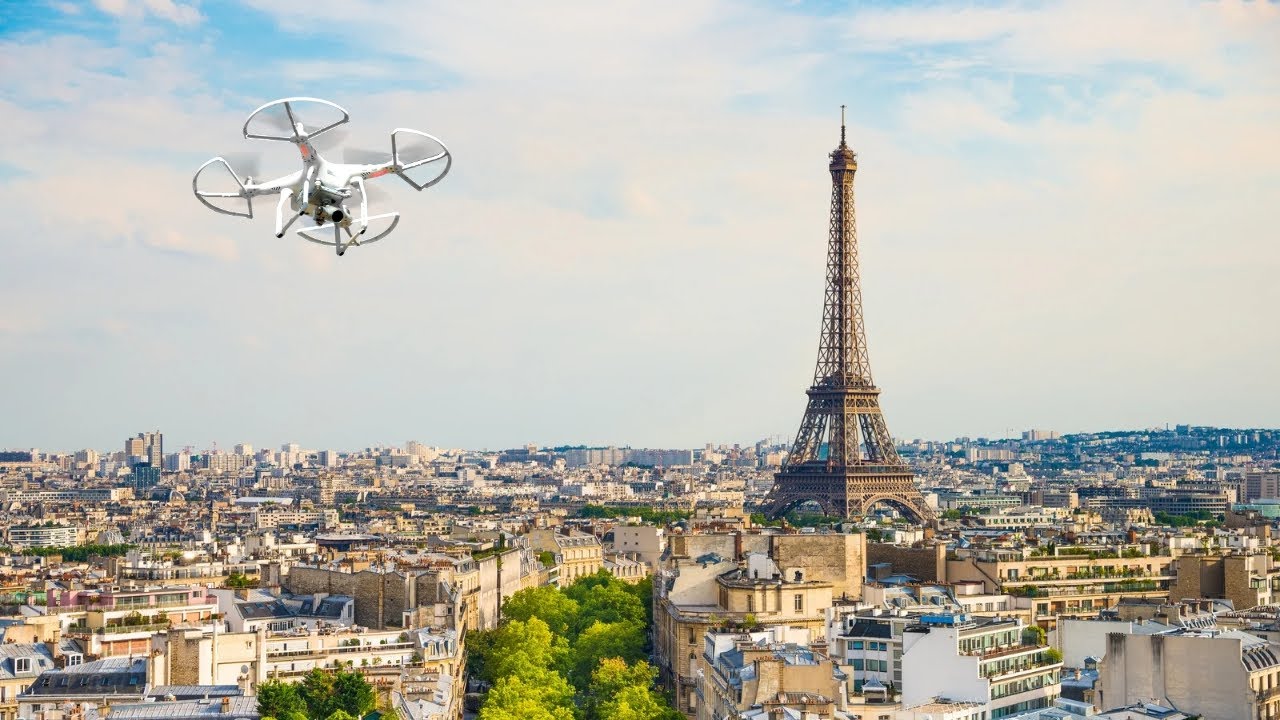
Operating a drone in Paris necessitates adherence to national French regulations, alongside local ordinances. These regulations cover aspects such as registration, flight authorization, permitted flight zones, and penalties for violations. Key considerations include maximum flight altitudes, proximity restrictions to sensitive areas (like airports and monuments), and limitations on nighttime flights. Specific weight limits for drones requiring authorization also exist.
Failure to comply can lead to significant fines and even legal action.
Comparison with Other Major European Cities
Compared to cities like London or Amsterdam, Paris might have stricter regulations in certain areas, particularly around historical landmarks and densely populated zones. London, for instance, may have a more comprehensive system for registering drones and obtaining flight permits for commercial operations. Amsterdam, with its network of canals and lower building heights, might offer more flexibility in certain flight paths, though still maintaining strict rules around airports and protected areas.
The differences often stem from unique urban landscapes and security priorities.
Summary of Parisian Drone Regulations
| Aspect | Regulation | Penalty | Notes |
|---|---|---|---|
| Permit Requirements | Generally required for commercial use and drones above a certain weight. Specific permits may be needed for flights near sensitive locations. | Fines ranging from several hundred to thousands of Euros, potential legal action. | Check the DGAC (French Civil Aviation Authority) website for the most up-to-date information. |
| No-Fly Zones | Numerous zones exist around airports, military bases, major landmarks (Eiffel Tower, Louvre), and densely populated areas. These are often marked on flight planning apps. | Same as above. | Always check the no-fly zone map before flying. |
| Altitude Restrictions | Typically limited to a maximum altitude, often below 150 meters, and further restrictions near airports. | Same as above. | Always remain below the specified altitude limit. |
Popular Drone Activities in Paris
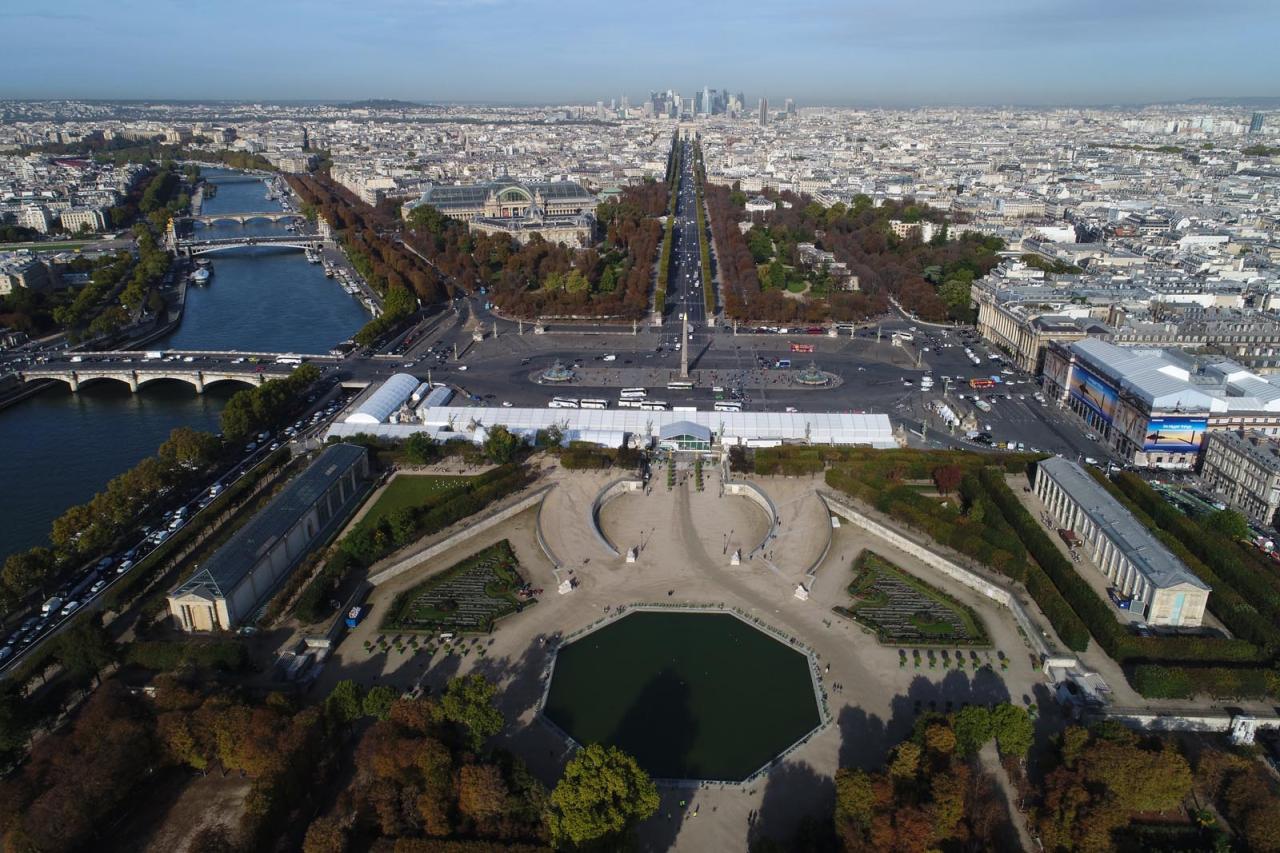
Drones have found various applications in Paris, ranging from artistic endeavors to commercial services. Their versatility and unique perspective make them a valuable tool across multiple sectors.
Common Drone Uses in Paris
Photography and videography are the most prevalent uses, capturing stunning aerial views of iconic landmarks and the city’s unique architecture. Surveying and inspection are also increasingly common, particularly in construction and infrastructure maintenance. While less established, drone delivery services are starting to emerge, tackling the challenges of navigating the city’s dense urban environment.
Commercial Applications of Drones in Paris
Real estate companies utilize drones for high-quality property marketing videos. Construction firms employ drones for site surveying, progress monitoring, and safety inspections. Filmmakers and advertising agencies frequently use drones for cinematic shots and commercials. The tourism sector benefits from drone-captured footage used in promotional materials and virtual tours.
Creative and Artistic Drone Projects
Artists have utilized drones for light shows and installations, transforming the Parisian skyline into a canvas for dynamic displays. Drone choreography has been employed in artistic performances, integrating technology with traditional artistic expression. Photographic projects focusing on unique perspectives of Parisian neighborhoods and landscapes are also becoming more common.
Drone-Related Infrastructure in Paris
While Paris’s drone infrastructure is still developing, some elements are in place to support responsible drone operations. However, improvements are needed to ensure safety and efficiency.
Availability of Drone Charging Stations and Landing Zones
Currently, dedicated drone charging stations and designated landing zones are limited in Paris. Many drone pilots utilize temporary solutions, such as portable chargers and finding suitable, safe locations for landing. The lack of official infrastructure poses a challenge for extended drone operations and increases the risk of accidental incidents.
Existing Infrastructure Supporting Drone Operations
Air traffic control systems in Paris, while primarily focused on manned aircraft, are gradually integrating drone traffic management. The integration of drone flight planning software with existing air space data provides a foundation for safer and more efficient drone operations. However, the system is still in its early stages of development and requires further integration and refinement.
Hypothetical Improvement Plan for Drone Infrastructure
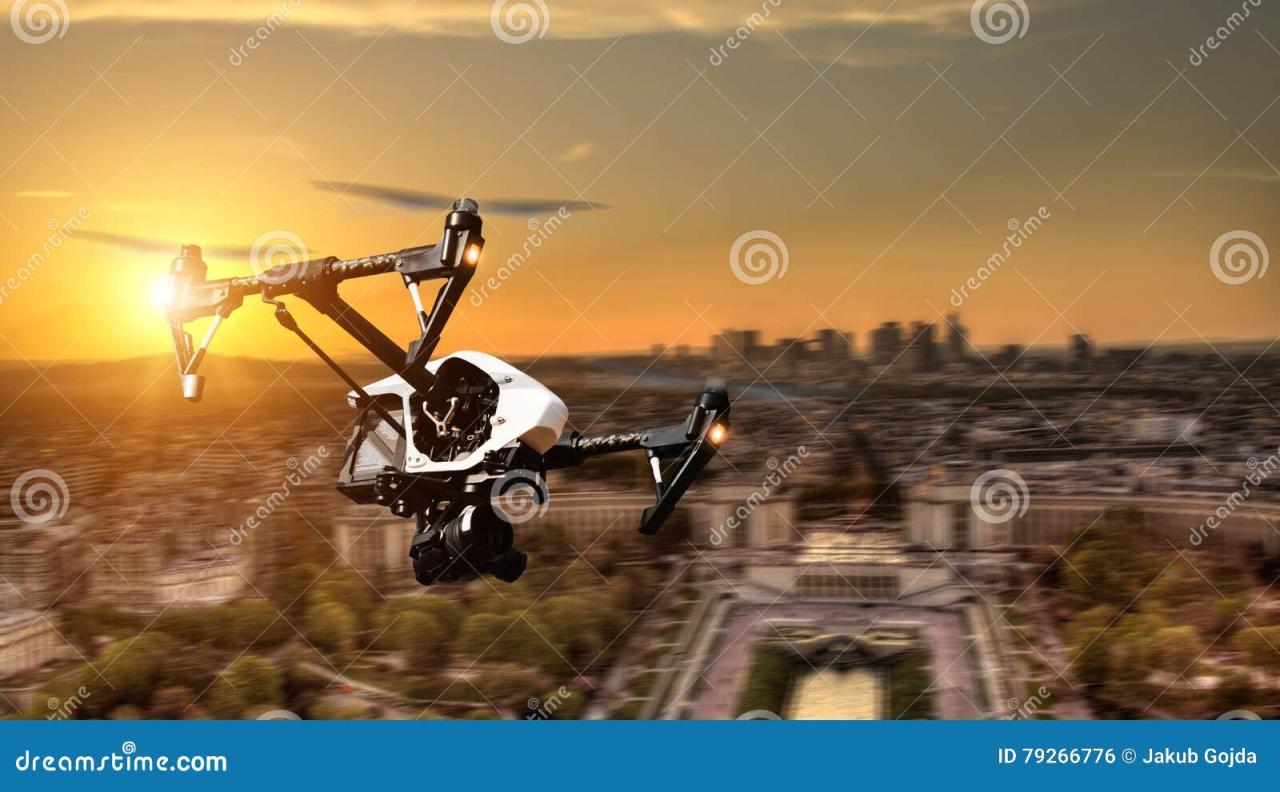
A comprehensive improvement plan could involve establishing designated drone landing zones and charging stations at strategic locations across the city, particularly near popular tourist spots and business districts. Investing in advanced drone traffic management systems, integrating real-time data on air traffic and weather conditions, would significantly enhance safety. Public awareness campaigns could educate pilots and the public on responsible drone usage and safety protocols.
Public Perception and Safety Concerns
Public opinion on drone use in Paris is mixed, with concerns about privacy, safety, and noise levels balanced against the potential benefits of the technology. Addressing these concerns is crucial for responsible drone integration.
Public Opinions Regarding Drone Use
Many Parisians appreciate the stunning aerial photography and videography showcasing the city’s beauty. However, concerns exist regarding potential noise pollution from drones, particularly in quiet residential areas. Privacy concerns also arise from the possibility of drones capturing images of private property without consent. These concerns highlight the need for clear regulations and responsible drone operation.
Potential Safety Hazards
Operating drones in a dense urban environment like Paris presents several safety risks. Collisions with buildings, birds, or other aircraft are possibilities. Drone malfunctions, particularly battery failures, can lead to uncontrolled crashes. The potential for misuse, such as unauthorized surveillance or even malicious attacks, is another concern.
Safety Guidelines for Responsible Drone Operation, Drone in paris
- Always check and comply with all applicable regulations and no-fly zones.
- Maintain visual line of sight with your drone at all times.
- Avoid flying near airports, hospitals, and other sensitive areas.
- Never fly over crowds or private property without permission.
- Ensure your drone is in good working condition and has sufficient battery life.
- Respect noise level regulations and be mindful of the surrounding environment.
Economic Impact of Drones in Paris
Drones are contributing to the Parisian economy in various sectors, with the potential for significant future growth. Analyzing this impact provides insights into the technology’s economic role.
Economic Contributions of Drone Technology
The tourism sector benefits significantly from drone-captured footage used in promotional materials and virtual tours. The construction industry utilizes drones for site surveying, progress monitoring, and safety inspections, increasing efficiency and reducing costs. Delivery services are beginning to leverage drones for faster and more efficient package delivery in specific areas, though this sector is still in its early stages.
Potential for Future Economic Growth
As drone technology advances and regulations become more streamlined, the economic impact is expected to grow significantly. Further integration into various sectors, such as infrastructure inspection, security, and emergency response, will create new job opportunities and boost economic activity. Paris could become a hub for drone technology innovation and development, attracting investment and talent.
Thinking about flying drones in Paris? Remember to check local regulations before you take off! It’s also worth noting that planning your flight might be tricky if you need to use ChatGPT for route planning, so check if is chatgpt down before you start. Once you’ve got your flight path sorted, remember to enjoy the stunning Parisian views from above!
Comparison with Other Major Global Cities
Compared to other major global cities like New York or Singapore, Paris is still relatively early in its adoption of drone technology for commercial applications. However, with its rich historical context and vibrant tourism industry, the potential for economic growth driven by drones is substantial. The city’s strategic location in Europe also positions it well to benefit from the broader growth of the drone industry.
Illustrative Examples of Drone Usage
Specific examples highlight the versatility and impact of drone technology in Paris, showcasing its applications across different sectors.
Drone Photography at a Parisian Landmark
Imagine a drone capturing a breathtaking sunset over the Notre Dame Cathedral. The low-light conditions are expertly managed, showcasing the intricate details of the cathedral’s architecture against the vibrant hues of the setting sun. The drone’s unique perspective, hovering high above, captures the grandeur of the building and its surrounding environment, offering a view inaccessible from the ground.
The resulting image conveys a sense of awe and wonder, highlighting the beauty and historical significance of the landmark.
Thinking about drones in Paris? The city’s regulations are pretty strict, so you need to plan carefully. If you’re into word games while you wait for your flight permits, check out this site for 11 letter words starting with ai – it might help pass the time! Once you’ve mastered those, you’ll be ready to tackle the Parisian airspace and get those amazing aerial shots.
Drone Delivery Services in Paris
A drone delivery service might be used to transport urgent medical supplies from a central pharmacy to a hospital in a congested area. The drone navigates the city’s complex airspace using GPS and sophisticated obstacle avoidance technology. Challenges include navigating unpredictable air traffic, ensuring safe landing zones in crowded areas, and managing battery life for extended flight times.
Despite these hurdles, successful delivery demonstrates the potential of drones to improve efficiency and responsiveness in emergency situations.
Hypothetical Drone Light Show over the Eiffel Tower
Envision a mesmerizing drone light show choreographed to classical music. Hundreds of drones, each equipped with vibrant LED lights, form intricate patterns and shapes in the night sky, highlighting the Eiffel Tower’s majestic silhouette. The choreography seamlessly blends dynamic movements with stunning lighting effects, creating a captivating spectacle. The show’s synchronized movements and changing colors create a breathtaking display of technological artistry, transforming the Parisian skyline into a canvas of light and motion.
Conclusive Thoughts
From the intricate regulations governing their use to their transformative potential across various industries, drones are shaping the future of Paris. Understanding the interplay between technology, legislation, and public perception is crucial for responsible and innovative drone operation. As drone technology continues to advance, Paris, with its rich history and modern dynamism, presents a compelling case study for how this technology can be integrated into a bustling urban environment safely and effectively.
Commonly Asked Questions
What types of drones are allowed in Paris?
So you’re thinking about flying a drone in Paris? Awesome! But before you take off, make sure you’ve got your flight plan sorted, and maybe even check out the specs on your drone’s controller; you might need to update its firmware. If you’re using a PC to control it, having the right motherboard is key, and you’ll want to find the msi b650 gaming plus wifi manual if that’s what you’ve got.
Getting back to Paris, remember to check local regulations before your drone takes flight!
Regulations often specify drone weight, camera capabilities, and other technical aspects. Check the official regulations for precise details.
Where can I find a map of no-fly zones in Paris?
The official website of the French Directorate-General for Civil Aviation (DGAC) is the best resource for up-to-date no-fly zone information.
Do I need insurance to fly a drone in Paris?
Third-party liability insurance is typically mandatory for drone operation. Consult the DGAC website or a drone insurance provider for specific requirements.
What are the penalties for violating drone regulations?
Penalties can range from fines to drone confiscation, depending on the severity of the violation. Check the official regulations for details.
